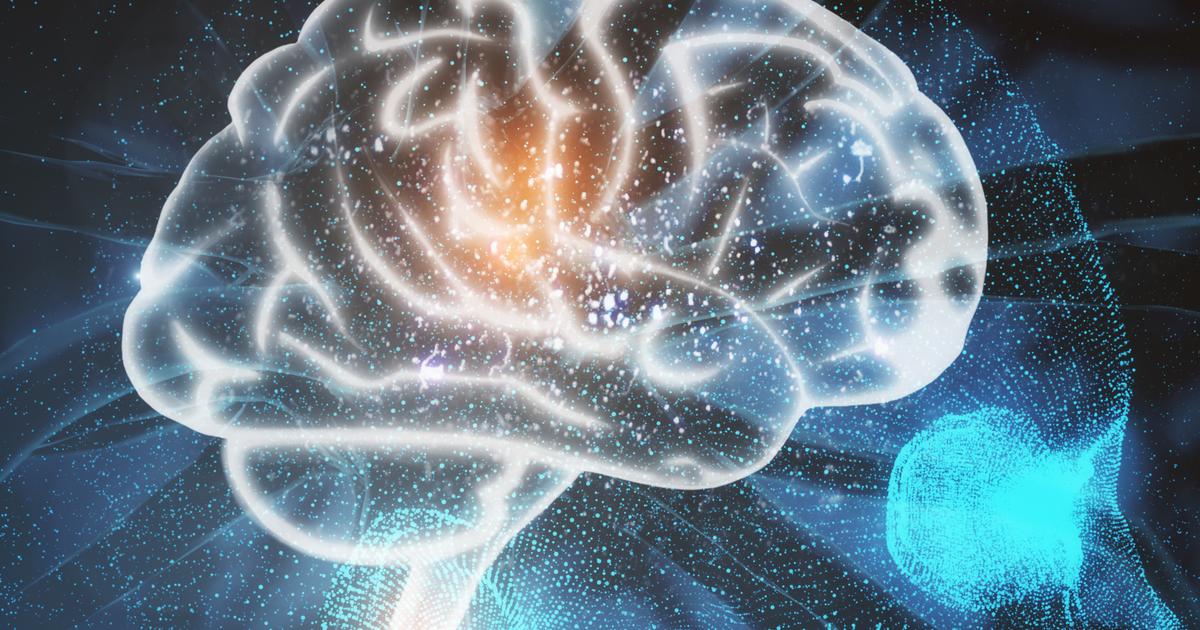What Is Misophonia?
Connections To Other Mental Health Conditions

Just as with obsessive-compulsive disorder, misophonia has connections to other mental health conditions such as depression and anxiety. It can cause these conditions because of the aversions it can create to living a normal life. When an individual's significant other's chewing or their child's yawn can trigger a rage or panic, there is a great deal of stress in life.
Sometimes victims avoid other individuals altogether. Studies have shown trigger sounds, when made by the individual suffering from misophonia, are less triggering or cause no adverse reaction at all. Thus solitude is the answer for some patients with misophonia, which can lead to loneliness and despair of ever living a normal life. Suicidal ideation may also be the result of misophonia.
Brain Connectivity And Chemistry

Recent research into brain connectivity and chemistry has revealed structural differences in the brains of misophonia patients. A study by Dr. Sukhbinder Kumar published in Current Biology in 2017 reported strong evidence indicating misophonia is a neurological disorder. Using MRI scans, Dr. Kumar and his team discovered individuals with misophonia have abnormalities in the functional connectivity of the anterior insula, an area of the brain involved in emotion processing. When exposed to a trigger sound, patients with misophonia experience an exaggerated response in the anterior insula, and they exhibit more activity in this area than those without misophonia who are exposed to the same sounds.
Dr. Kumar's study also noted misophonia patients have differences in frontal lobe connectivity between the hemispheres of the brain. Compared to individuals without misophonia, those with the condition have higher myelination in an area known as the ventromedial prefrontal cortex. This area of the brain is located just above the eye socket, and it regulates decision making, empathy, and emotions such as fear. Ongoing research is being conducted on sound and visual triggers for misophonia, and scientists are investigating the potential connections between misophonia and a region of the brain known as the amygdala.
